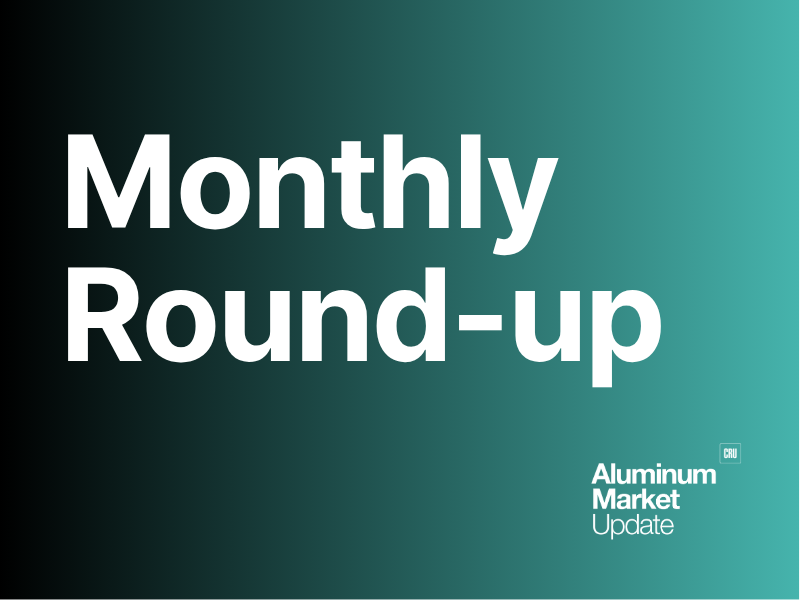Global Trade
December 6, 2024
Week in Review: Strikes, tariffs and other uncertainties ahead
Written by Stephanie Ritenbaugh
The country may have avoided a messy strike at the ports this year, but another deadline looms. Meanwhile, more talk about tariffs from the incoming Trump Administration just raises more questions. Here’s a look at that and more headlines from the week.
In their monthly look at flatbed shipping, Reibus International noted October’s East Coast port labor strike may have been short lived, but we now turn toward the Jan. 15 deadline to reach a long-term agreement. “The October strike could turn out to be a preview of the main event,” Reibus’ Robert Martin wrote.
It’s been almost two weeks since President-elect Trump threatened to place 25% tariffs across all imports from Canada and Mexico – two key trading partners of the US – as well as add 10% to all existing tariffs on China. Our parent company, CRU Group, noted the ramifications are massive, as Canada’s and Mexico’s top products consist of oil, gasoline, and motor vehicles, including automotive parts. Oil and gas prices factor into shipping costs and the automotive sector is an important component of aluminum production and scrap. “In the short term, it simply means dramatically higher sustained costs, which will lead to lower consumption, pressured business earnings, and reinvigorated inflation,” CRU noted.
How will tariffs play out in the long term? CRU suggested the threat could be an opening to negotiations, rather an economic brinksmanship.
This week, US Customs and Border Protection has ordered personnel at all US ports to seize aluminum extrusion and profile products manufactured by Kingtom Aluminio S.R.L. The CBP issued the order after it found that the Chinese-owned entity in the Dominican Republic, allegedly used forced labor in its production process. Aluminum extrusions and profiles are used in transportation and construction, furniture, electronics and other products.
The Federal Reserve’s Beige Book showed US economic activity rose slightly in most districts after crawling by the last few months. Businesses were optimistic that demand will rise in coming months. Consumer spending was generally stable, though many businesses noted increased sensitivity to prices and quality among customers.
Trump announced that Peter Navarro will serve as his senior counselor for trade and manufacturing in his incoming administration. In the first Trump administration, Navarro served as director of the White House National Trade Council, among other related roles. He recently spent four months in prison for being held in contempt of Congress for refused to cooperate with a subpoena investigating what the Jan. 6 riot in Washington D.C.
But it looks like another official from the first Trump administration, Robert Lighthizer, likely won’t be joining for the second, our sister publication Steel Market Update reported, citing a Dec. 3 article in Politico. The former US Trade Representative, and a key player in the tariffs on foreign steel and aluminum, had hoped for two Cabinet posts, Treasury or Commerce secretary. Those nominees have both been announced.
The job market rebounded in November, adding 227,000 workers in a solid recovery from the previous month, when the effects of strikes and hurricanes had sharply diminished employers’ payrolls, the Associated Press reported Friday. The Labor Department’s report showed that the unemployment rate ticked up from 4.1% in October to a still-low 4.2%. Hourly wages rose 0.4% from October to November and 4% from a year earlier — both solid figures and slightly higher than forecasters had expected.
Economic highlights
| Wholesale inventories | Monday, Dec. 9 | 10 a.m. Eastern |
| US productivity (revision) | Tuesday, Dec. 10 | 8:30 a.m. Eastern |
| Consumer price index | Wednesday, Dec. 11 | 8:30 a.m. Eastern |
| Initial jobless claims, producer price index | Thursday, Dec. 12 | 8:30 a.m. Eastern |







